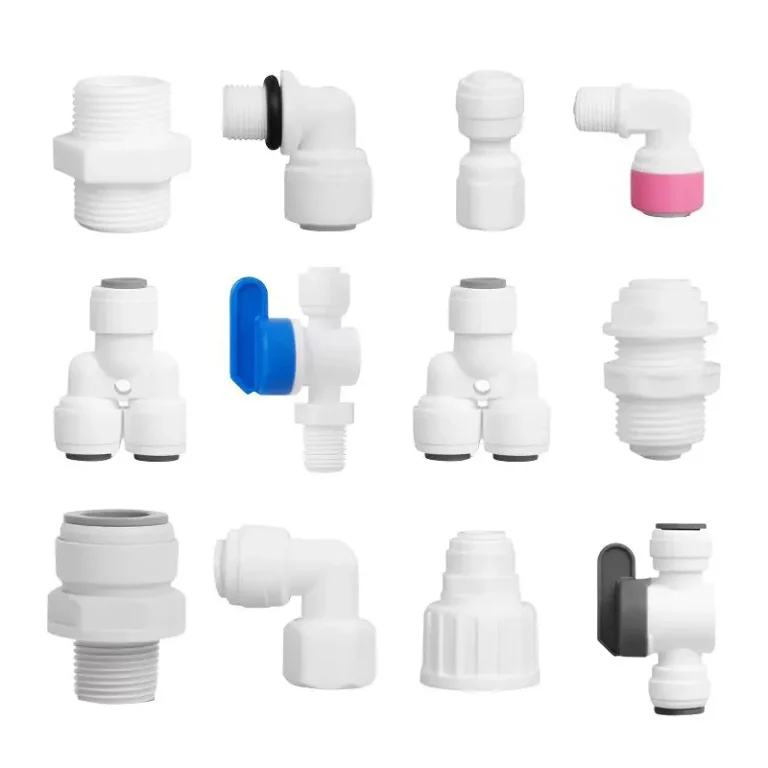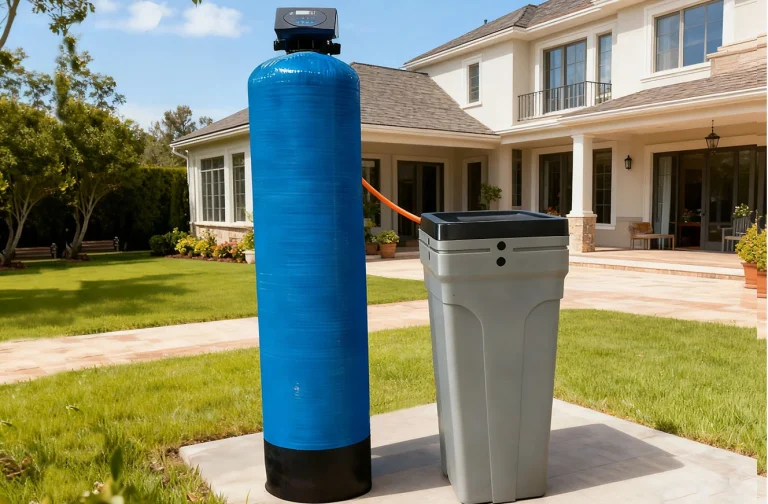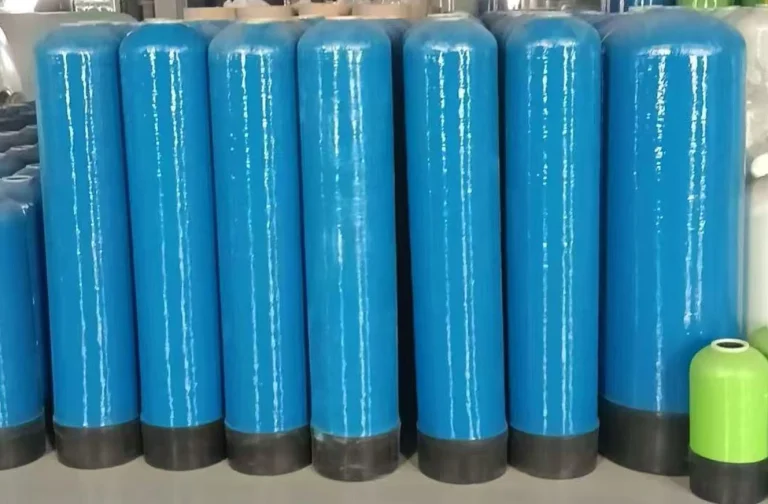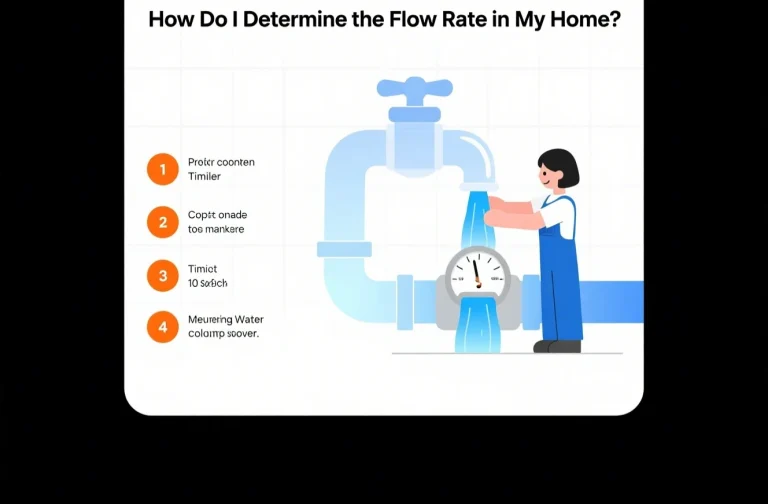BasideWT- Whole Home Water Filtration System & Replacement

How Often Should You Change Your Water Filter
Clean, safe water is essential. Therefore, many rely on water filtration systems. But a common question arises. How often should you change your water filter? The answer isn’t always simple. It depends on several key factors. Ignoring this maintenance can be risky. However, with the right knowledge, you can ensure optimal performance. This guide will explore everything you need to know. We will delve into the science, the signs, and the solutions. Specifically, we will focus on maximizing your system’s efficiency. Let’s dive into the world of water filter maintenance.
Why Filter Replacement Timing is Critical for Water Quality
Think of your water filter as a hardworking security guard. It constantly traps harmful contaminants. These include chlorine, lead, sediment, and bacteria. Over time, this guard becomes overwhelmed. The collection of particles clogs the filter’s media. Consequently, its ability to capture new pollutants diminishes sharply. What happens then? Two major issues occur.
First, your water quality drops. Contaminants may no longer be fully removed. This means you could be drinking impurities. Second, water flow is restricted. Your faucet might trickle instead of flow. Therefore, timely replacement is not a suggestion. It is a necessity for safety and performance. BasideWT filters are engineered for maximum contaminant removal. But even the best technology requires regular refreshment.
Key Factors Determining Your Filter’s Lifespan
A one-size-fits-all approach doesn’t work. Several elements influence how long your water filter lasts. Understanding these is the first step to smart maintenance.
Your Household’s Water Consumption Volume
How much water does your family use? This is the most obvious factor. A family of six will exhaust a filter much faster than a single person. More gallons flowing through means faster saturation. Do you cook frequently? Do you have multiple bathrooms? All these activities add up. Simply put, higher water usage demands more frequent changes.
The Quality of Your Incoming Water Supply
What’s in your water before it’s filtered? If your source water has high sediment levels or is heavily chlorinated, the filter works harder. It fills up with these particles more quickly. For instance, well water might contain more sand and silt. Municipal water often has higher chlorine levels. Therefore, poorer inlet water quality accelerates the need for a new filter.
The Specific Type of Filter Cartridge You Use
Different filters have different jobs and capacities. A simple sediment filter may need changing every 2-3 months. A comprehensive reverse osmosis (RO) system might have a 6-12 month schedule for its membrane. Carbon filters, common in pitchers and faucet systems, typically last 2-6 months. Always check the manufacturer’s guidelines. BasideWT provides clear, model-specific recommendations for peak performance.
Change Your Water Filter
Don’t just rely on the calendar. Your senses and your system will tell you when it’s time. Look for these clear indicators.
Drastic Changes in Water Taste and Odor
Has your water started tasting funny? Does it smell odd? A primary job of a carbon filter is to remove chlorine. This chemical is added for disinfection but affects taste and smell. When the filter is spent, that chlorine taste and odor return. If your water tastes “off” or smells like a swimming pool, take action. It’s a strong signal for replacement.
Noticeably Slower Water Flow and Pressure
Is your filtered water tap running slow? This is a classic symptom of a clogged filter. The internal pathways are blocked by trapped particles. Water struggles to get through. You might notice it takes longer to fill a pot. Your ice maker might seem sluggish. This reduced pressure is more than an inconvenience. It strains your entire plumbing system.
The Manufacturer’s Recommended Date Has Passed
Even if you don’t notice changes, time matters. Filters can harbor bacteria if left in place too long. The manufacturer’s suggested timeline is a safe upper limit. It’s a baseline built on average usage and water conditions. Set a reminder on your phone. Mark your calendar. Proactive replacement is always better than reactive.
Consequences of Neglecting Your Water Filter Change
What if you delay? Procrastination leads to real problems. The risks extend beyond bad-tasting water.
- Contaminant Breakthrough: The filter becomes saturated. It can no longer hold onto trapped chemicals and heavy metals. Consequently, it starts releasing them back into your water. This is counterproductive and dangerous.
- Bacterial Growth: A clogged, old filter is a breeding ground for bacteria. The moist, nutrient-rich environment is perfect for microbial growth. You could be adding bacteria to your water instead of removing it.
- Appliance Damage: Reduced water pressure stresses appliances. Your refrigerator’s ice maker, your dishwasher, and your water heater all suffer. This can lead to costly repairs or premature failure.
Clearly, the cost of a new filter is minor compared to these potential issues.
Your Action Plan: Establishing a Smart Replacement Schedule
Now for the solution. How do you create a fail-safe plan? Follow these steps for peace of mind.
Start with the Manufacturer’s Baseline Recommendation
First, find the manual for your BasideWT system. It will state a general timeline, like “every 6 months.” This is your starting point. It is a guideline based on standard testing conditions.
Adjust for Your Personal Water Usage and Conditions
Next, personalize that schedule. Is your water usage high? Is your source water particularly bad? If so, consider replacing your filter more frequently. For example, cut the recommended time by 25-30%. If it says 6 months, try changing at 4 months. See if you notice an improvement in flow and taste.







